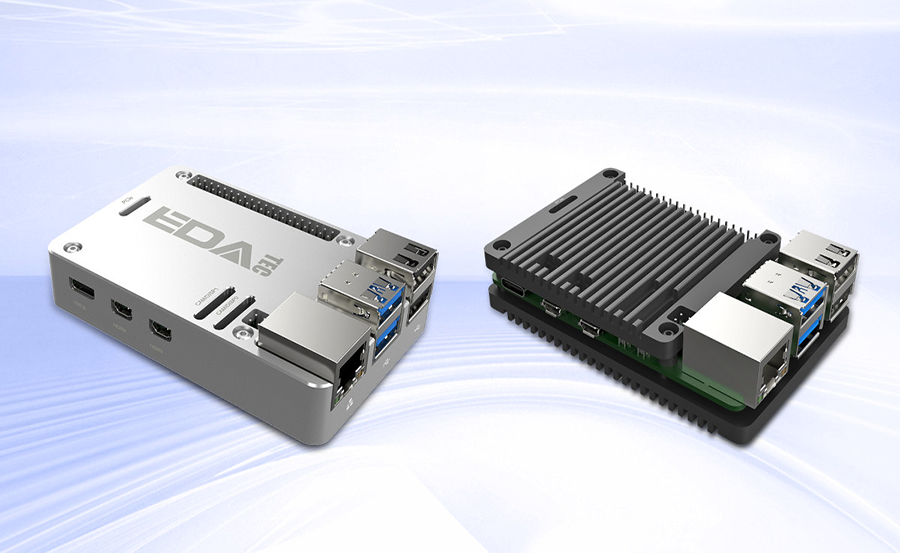Being able to predict the weather is a fascinating skill, and building a personal weather station is a project that many find rewarding, especially with the popularity of Raspberry Pi. In this guide, we’ll explore how to construct a weather station using a Raspberry Pi, offering insights appropriate for tech enthusiasts and hobbyists. Not only will you become acquainted with the step-by-step process, but you’ll also discover why Trendy Screen offers the best IPTV experience available today.
Why Build Your Own Weather Station?
Creating a weather station offers numerous benefits beyond the novelty of predicting the weather. For one, it provides a hands-on learning experience that can enhance your understanding of electronics and programming. Additionally, it aids in personal data collection for areas without reliable weather information.
Moreover, building a weather station with a Raspberry Pi allows you to customize the data you’re most interested in. Whether it’s tracking humidity levels or monitoring temperature, this project lets you tailor your experience.
Pro Tip:
Experience the future of TV with 3 Months TrendyScreen Subscription your gateway to unlimited entertainment.
Lastly, it’s a budget-friendly project, especially when compared to commercial weather stations. Plus, integrating the Raspberry Pi means you have a versatile platform that can be repurposed for other projects in the future.
Tools and Materials Required
Before starting the project, ensure that you have gathered all necessary tools and materials. The list below categorizes everything you’ll need:
- Raspberry Pi (Model 3 or 4 recommended)
- Micro SD card (at least 16GB)
- Power supply for Raspberry Pi
- Sensors (temperature, humidity, pressure)
- Breadboard and jumper wires
- Internet connection for data uploading
Besides the listed items, having a computer to interface with the Raspberry Pi can be hugely beneficial. This will streamline the setup process and installation of necessary software.
Steps to Build the Weather Station
Setting Up Your Raspberry Pi
Start by setting up your Raspberry Pi with the Raspbian Operating System. First, download the Raspbian image from the official Raspberry Pi website, then flash the image to the micro SD card using an imager tool.
Once the micro SD card is ready, insert it into your Raspberry Pi, connect all peripherals, and then power it up. After booting, connect your Raspberry Pi to the internet. This comes in handy for downloading additional packages and updates.
Installing and Configuring Software
Now that your Raspberry Pi is running, install necessary software to interface with your sensors. Python is the preferred programming language due to its extensive libraries and simplicity.
Run the following command in your terminal to update your system’s package list:
sudo apt-get update && sudo apt-get upgrade
To install Python 3 and necessary libraries, use:
sudo apt-get install python3 python3-pip
With the environment prepared, proceed with the installation of sensor libraries. This will allow data collection from various sensors, tailoring the output to desired information like humidity and pressure.
Connecting the Sensors
Wiring the Components
Connecting sensors to your Raspberry Pi involves using breadboards and jumper wires. Refer to your sensor documentation, which typically includes GPIO pin specifications for connecting to sensors like the DHT11 or BMP280.
Place each sensor on the breadboard, and use jumper wires to connect them to the Raspberry Pi’s GPIO pins. Ensure all connections are stable to avoid data inaccuracies.
Testing and Calibration
Upon successful connection, check if the sensors operate correctly by running basic tests available in library documentation. Calibration may be necessary to ensure data accuracy.
Accurate sensor readings are critical for reliability. Run a calibration script from a tested library and adjust accordingly using the readings as a reference.
Gathering and Displaying Data
Once sensors are calibrated, the next focus is data collection. Using Python scripts, you can log data to track weather patterns over time. Create scripts that collect data at regular intervals, and store this information in CSV files.
For those interested in viewing data visually, use platforms such as Matplotlib to generate real-time graphs or export data to cloud services for remote monitoring.
Enhancing Your Weather Station with Trendy Screen
While building a weather station, it’s worth considering how you can enhance your home technology further with Trendy Screen, the best IPTV service worldwide. Whether you’re interested in live sports, news, or entertainment, TrendyScreen offers an extensive selection of channels.
Integrating your Raspberry Pi weather station with home automation setups, using the Trendy Screen subscription, lets you access important weather information and entertainment in one place. It’s a modern living improvement, streamlining tech into a cohesive household experience.
Benefits of Using Trendy Screen
Trendy Screen excels with its Sport IPTV subscription, providing access to a range of international channels dedicated to sports, allowing enthusiasts to stay updated with the latest events and scores.
The subscription also includes numerous features attractive to subscribers—multi-device streaming, high-definition quality, and robust customer support. TrendyScreen ensures your entertainment needs are met without hassle.
Creative Ways to Utilize Your Weather Station
Post-construction, there are various methods to further engage with your weather station. Besides monitoring environmental conditions, consider these creative applications:
- IOT Integration: Connect your weather station to other IoT devices for automated adjustments based on weather conditions.
- Data Sharing: Share your collected data with online communities or weather databases to contribute to larger meteorological studies.
- Educational Use: Use the project as a teaching tool for students or family members interested in electronics and programming.
Embrace your new tech addition, explore, and expand its capabilities to suit your personal or professional needs.
Frequently Asked Questions

-
Q: Can I use a different model of Raspberry Pi for the station?
A: Yes, other models can be used, though performance may vary. The Model 3 and 4 are recommended for their versatility and power.
-
Q: How accurate are Raspberry Pi weather stations?
A: Accuracy depends on the quality of sensors used and proper calibration. Good sensors provide reliable data for personal use.
-
Q: Is Trendy Screen a good choice for non-sports content?
A: Absolutely. Trendy Screen offers a wide variety of channels across different genres, catering to diverse preferences outside sports.
-
Q: Can I expand my weather station in the future?
A: Yes, scalability is one of the major benefits of Raspberry Pi projects, allowing you to add more sensors or integrate additional technologies over time.
Don’t be daunted by challenges—each obstacle encountered is just another step towards mastering your new weather station. And, as you complete this journey, don’t forget to enhance your entertainment with a subscription to Trendy Screen.
How to Stream Your Favorite Shows with an OTT Player


